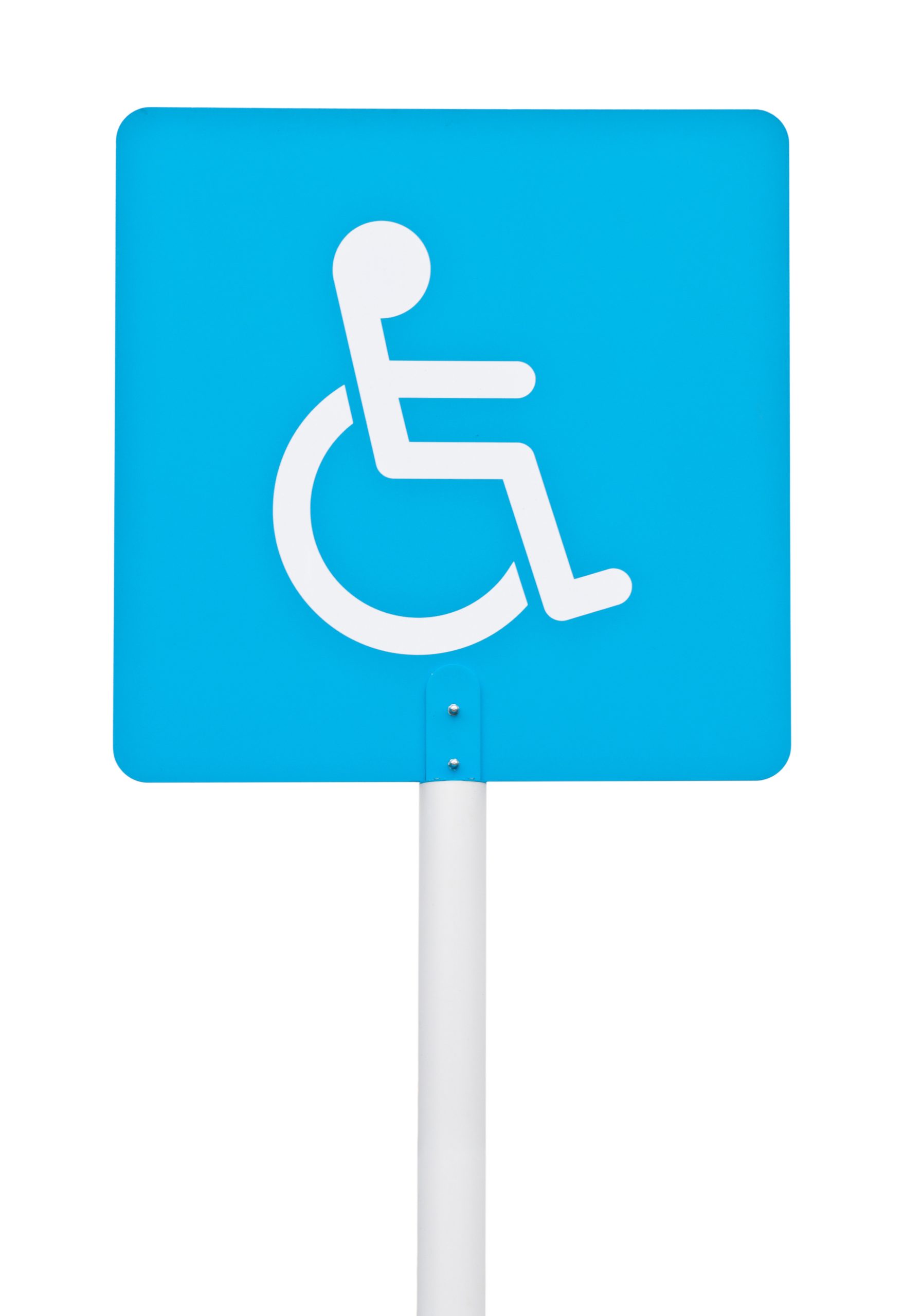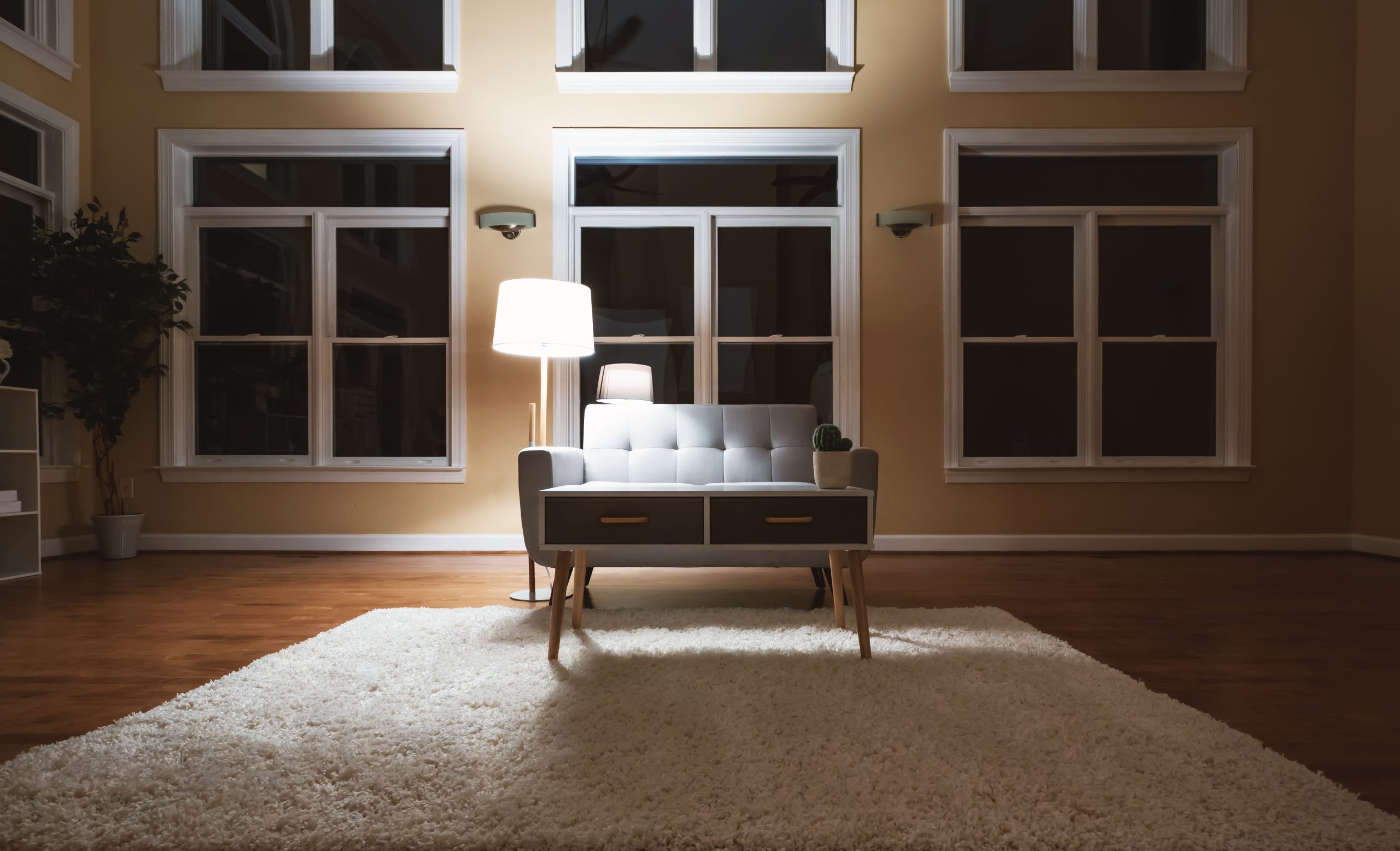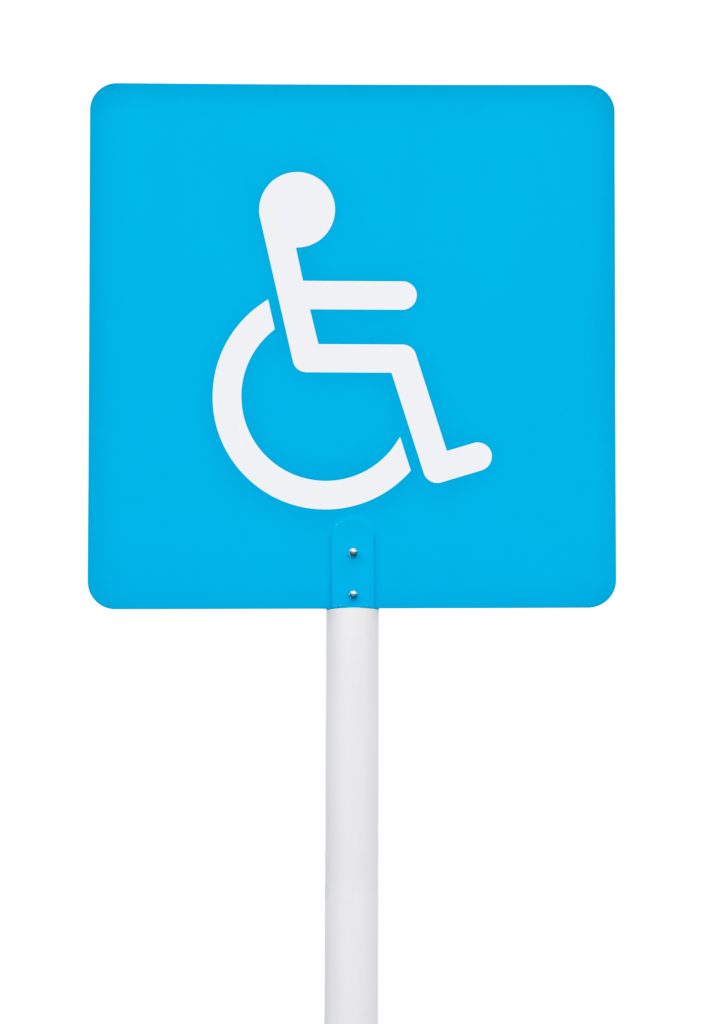Introduction to Inclusive Cleaning
Creating a clean and organized space is important for everyone, including those with disabilities. However, traditional cleaning practices may not be accessible or inclusive for people with different abilities. Here are some tips on how to create an environment that caters to the needs of all individuals.

Tips for Creating an Accessible Cleaning Routine
1. Start small – Break down your cleaning routine into smaller tasks that can be completed easily. This will help you avoid feeling overwhelmed and make it easier to focus on specific areas that need attention.
2. Use visual cues – Place labels or pictures in drawers and cabinets to help individuals identify where items belong. This makes it easier for those who have difficulty reading or distinguishing between similar objects.
3. Choose appropriate tools – Ensure that the cleaning supplies and equipment used are easy to handle and maneuver. For example, use a long-handled dustpan instead of a short one to reach high places without having to stand on a ladder.
4. Consider mobility issues – Make sure there is enough room to move around freely and that pathways are clear of any obstacles. If necessary, rearrange furniture or remove clutter to create more space.

5. Use non-toxic products – Avoid using harsh chemicals or strong smelling cleaners as they can trigger reactions in individuals with sensory processing difficulties. Instead, opt for natural and fragrance-free alternatives.
Adapting Your Cleaning Supplies and Tools
Individuals with disabilities may require specialized equipment to complete daily tasks such as cleaning. Here are some adaptations you can make to your cleaning supplies and tools to make them more accessible:
1. Handle extensions – Add foam tubes or grips to handles to provide better traction and reduce strain on hands and wrists.
2. Longer mops – Purchase longer mop handles or use broomsticks to extend the length of standard mops. This allows individuals to reach higher surfaces without having to stretch or climb ladders.
3. Dustpans with wider openings – Traditional dustpans may be too narrow for individuals with limited dexterity. Look for models with larger opening or modify existing ones by attaching a piece of cardboard to expand the width.
The Importance of Regular Maintenance
Regular maintenance is essential for creating and maintaining an inclusive environment. Here are some reasons why:
1. Reduces stress – Regular cleaning reduces the amount of clutter and mess that accumulates over time, making it less overwhelming for individuals with disabilities.
2. Improves safety – Keeping walkways clear and ensuring that floors are slip-resistant helps prevent accidents and injuries.
3. Enhances quality of life – By providing a clean and well-maintained living space, individuals feel more comfortable and confident in their surroundings.
In conclusion, creating an inclusive environment requires intentional effort and consideration. By implementing these tips and adapting your cleaning supplies and tools, you can ensure that everyone has access to a safe and welcoming space.

